
Arm the Armour Medieval knight, Armour, Samurai gear
Types of armour generally fall into one of three main categories: (1) armour made of leather, fabric, or mixed layers of both, sometimes reinforced by quilting or felt, (2) mail, made of interwoven rings of iron or steel, and (3) rigid armour made of metal, horn, wood, plastic, or some other similar tough and resistant material.
Anyone else really like the early 18th century armours? r/ArmsandArmor
Image Gallery. by Arienne King. published on 26 May 2021. This collection explores the evolution of arms and armour around the world, from ancient times to the early modern period. Although it is by no means a complete list of the varied gear carried into warfare throughout history, it takes a look at some of the most iconic - and effective.
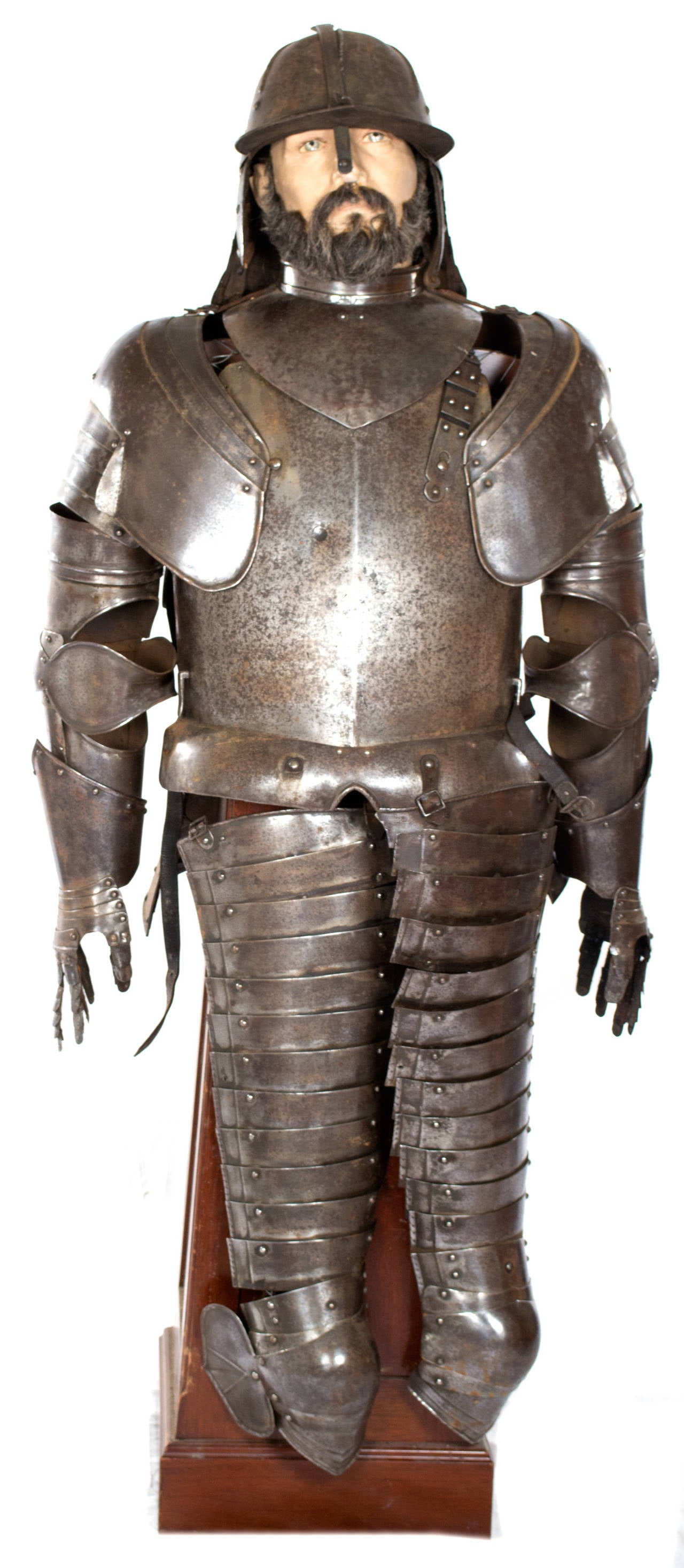
Early SeventeenthCentury Suit of Armor with Stand and Mannequin at 1stdibs
Armour ( Commonwealth English) or armor ( American English; see spelling differences) is a covering used to protect an object, individual, or vehicle from physical injury or damage, especially direct contact weapons or projectiles during combat, or from a potentially dangerous environment or activity (e.g. cycling, construction sites, etc.).
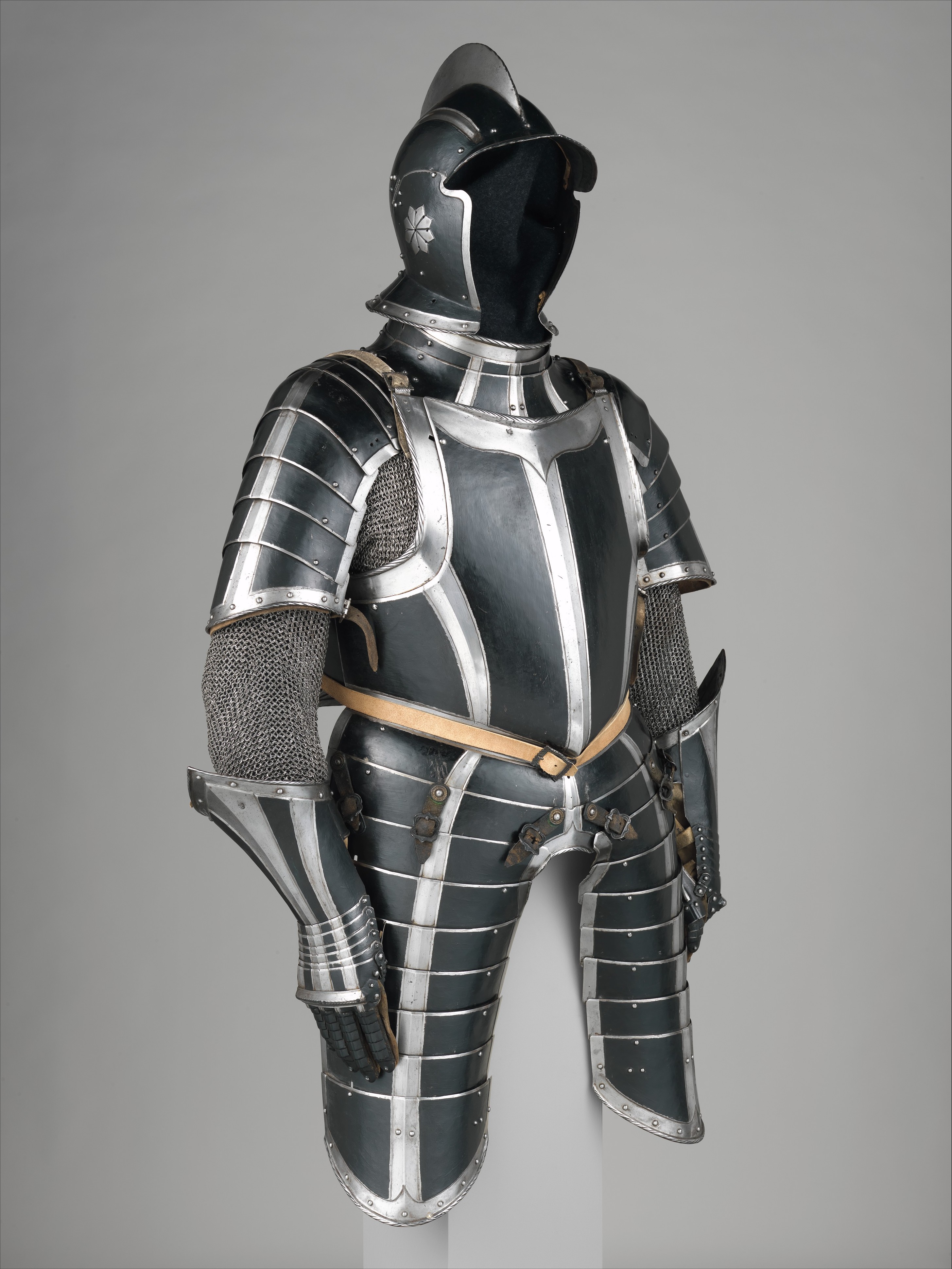
Infantry Armor German, Nuremberg The Metropolitan Museum of Art
History of the Department The Collection What's On View Collection Highlights View highlights of arms and armor at The Met. Collection Insights Videos For Families and Teachers Armor—Function and Design Teach the art and utility of arms and armor with this lesson plan. Fierce or Fancy? A guide to the art of arms and armor for families (PDF).
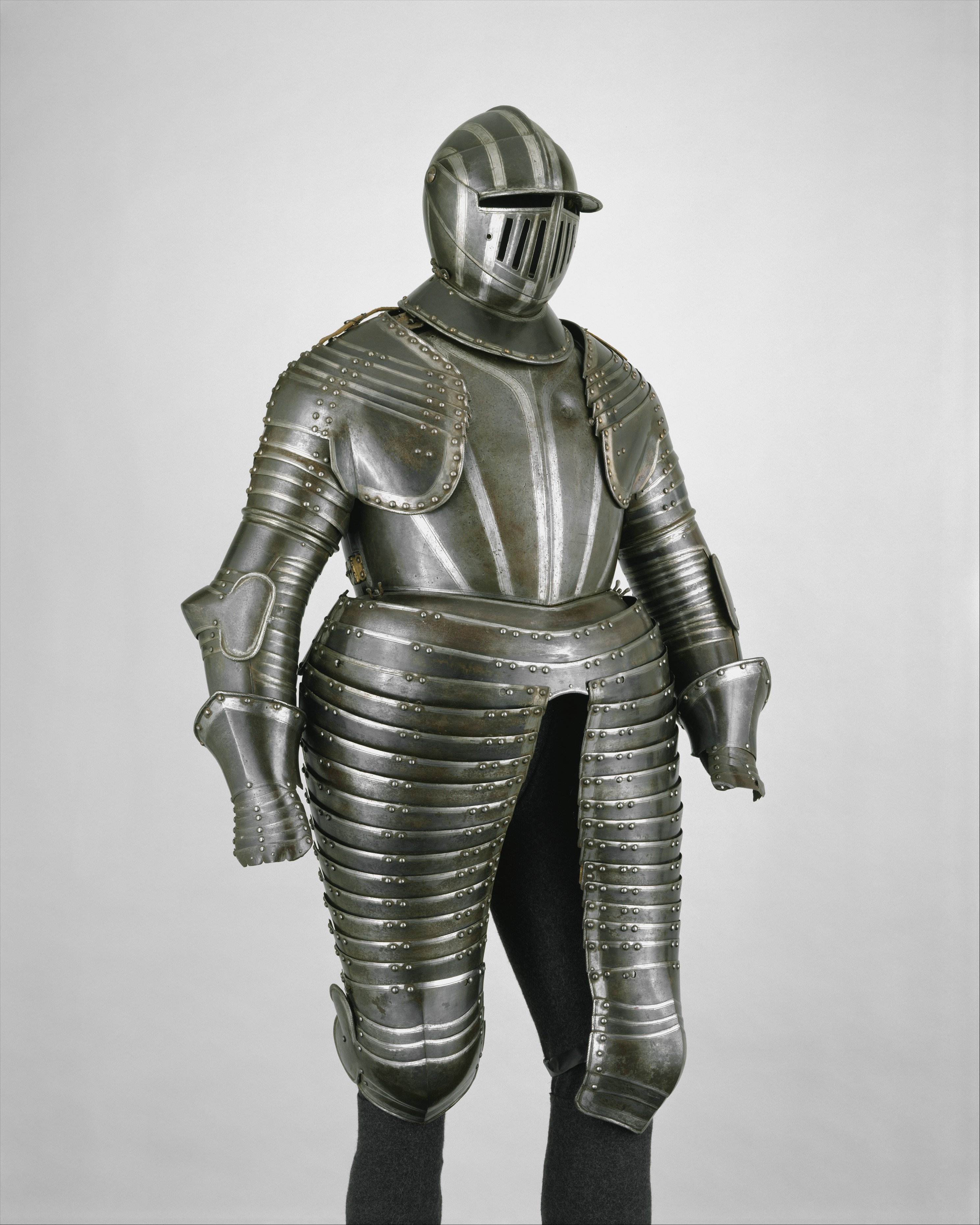
Cuirassier Armor Italian, Milan or Brescia The Metropolitan Museum of Art
Crusader Fashion Album of Tournaments of Parades in Nuremberg, late 16th century, via the MET Museum During the Crusader period (1099-1291), chainmail armor developed to its greatest extent: the full-length hauberk was augmented by a coif (hood), chausses (leggings), sabatons (foot coverings), and mitons (mitten-gauntlets) all made from maille.

armor by Anton Peffenhauser (German, Augsburg, 15251603), decoration attributed to
The rise and progress of armor in England. 10th to18th century. Decade Middle Ages Arms and Armour in the Meyrick Collection at South Kensington History of Armour in England

Impressive 18th Century Suit Of Armour With Helmet & Sword 781996 Sellingantiques.co.uk
Japan A Japanese 16th-17th century suit of plate armour with a western-style cuirass ( nanban dō gusoku) In the Kofun period (250-538), [4] iron plate cuirasses ( tankō) and helmets were being made. [5]
.jpg)
A BlueLaced Suit of Armor , EDO PERIOD (18TH CENTURY) Christie's
By the end of the 18th century it was determined that the patterns and colours of gorgets and ribbons should be standardised. The infantry but not the foot guards were to have one pattern of gorget, 'gilt with gold with the King's Driver and Crown over it, engraved in the middle'.
SilkDamask The Other Civil War 17th Century Armor at the Higgins Armory Museum
Fast and Free Shipping On Many Items You Love On eBay. Looking For Armor? We Have Almost Everything On eBay.

Pin on Take a look inside!
An early 18th century Maratha helmet and armor from the Hermitage Museum, St. Petersburg, Russia. Armor in the Indian subcontinent was used since antiquity. Its earlier reference is found in the vedic period. [1] Armor has been described in religious texts; including the Itihasa epics Ramayana and Mahabharat, as well as in the Puranas .
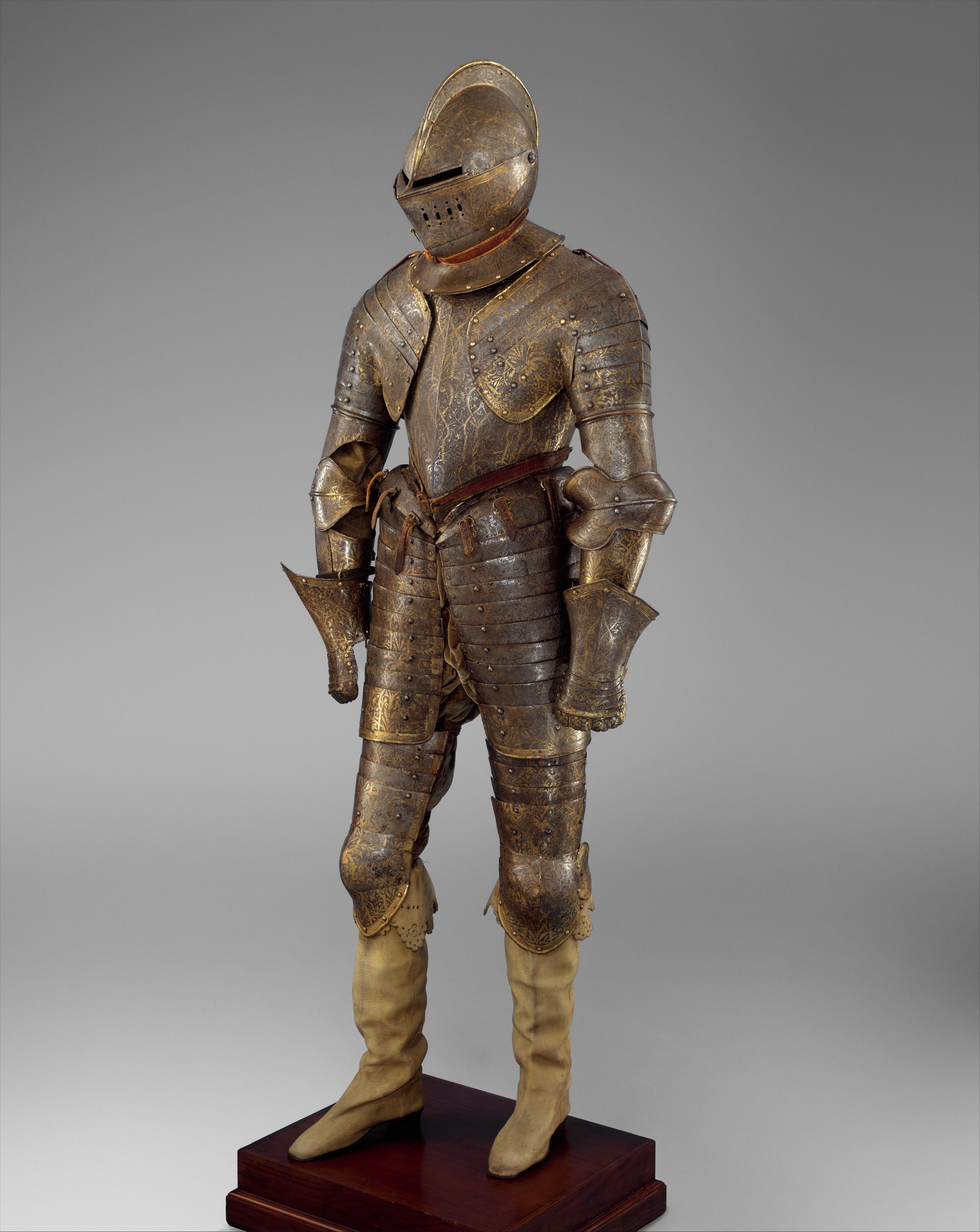
Armor for Heavy Cavalry French The Metropolitan Museum of Art
Antique Chainmail armor with shield, Tibet, 18th-19th Century. LordAmeth - CC BY-SA 2.0 Adding Metal Once people learned to work metal into weapons, they realized it could also be used for armor.

A 1856 model cuirass dating third quarter of the 19th Century provenance France Armor Clothing
From Wikipedia, the free encyclopedia A typical 18th-century cuirassier wearing a cuirass. He might wear an iron skull cap under his tricorne. Armour in the 18th century was minimalist and restricted almost entirely to cavalry, primarily to cuirassiers and, to a lesser degree, carabiniers and dragoons.
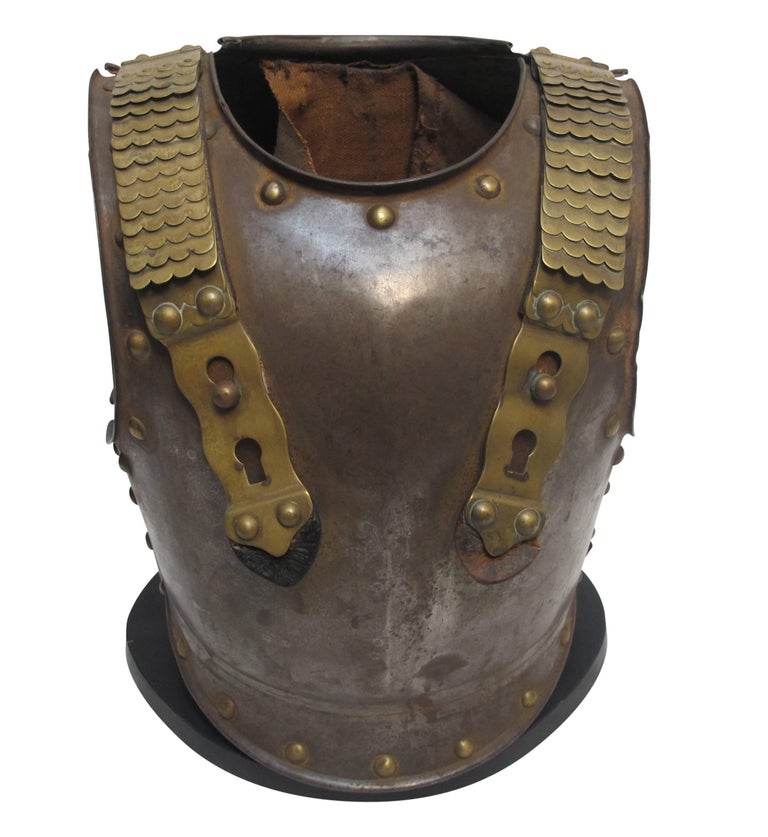
French Military Steel and Brass Armor, Late 18thEarly 19th Century For Sale at 1stDibs
Armour developed into the flexible Ō-yoroi - 'Great Harness', where protection against arrows was the foremost consideration. The cuirass was formed of lamellar plates linked together in a flexible way with an upper part solid plate giving increased protection.. (Chronicle of the Great Peace), woodblock printed book , 18th century.

Pin on Ancient Armour and Weapons
By the 18th century, soldiers began to rely more on soft armor, such as padded jackets or vests made of materials like leather or quilted cloth, which provided a certain level of defense against slashing attacks. However, these forms of armor were inadequate against the increasing usage of firearms on the battlefield.

A model armour set Italy, 18th Century
Armour in the 18th century was minimalist and restricted almost entirely to cavalry, primarily to cuirassiers and, to a lesser degree, carabiniers and dragoons. Armour had been in rapid decline since the Thirty Years' War, although some archaisms had lingered on into the early years of the 18th century, like Austrian cuirassiers with buff coats and lobster-tailed helmets or Hungarian warriors.
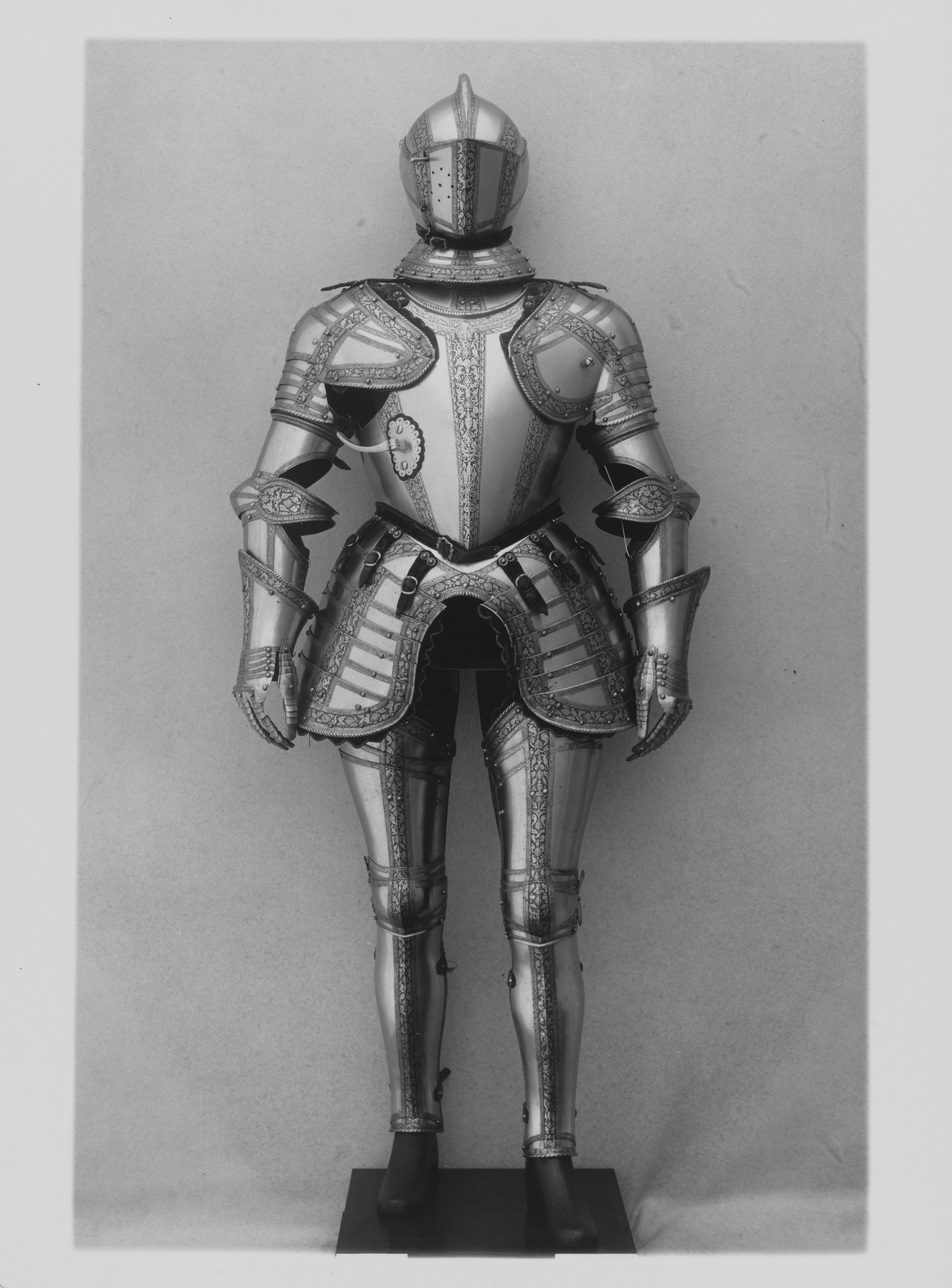
Armor Italian, probably Milan The Metropolitan Museum of Art
October 2003 Some of the earliest decorated armor was produced during the Celtic Bronze Age in Great Britain and Ireland, Scandinavia, and the area of modern-day France, Germany, and Austria.